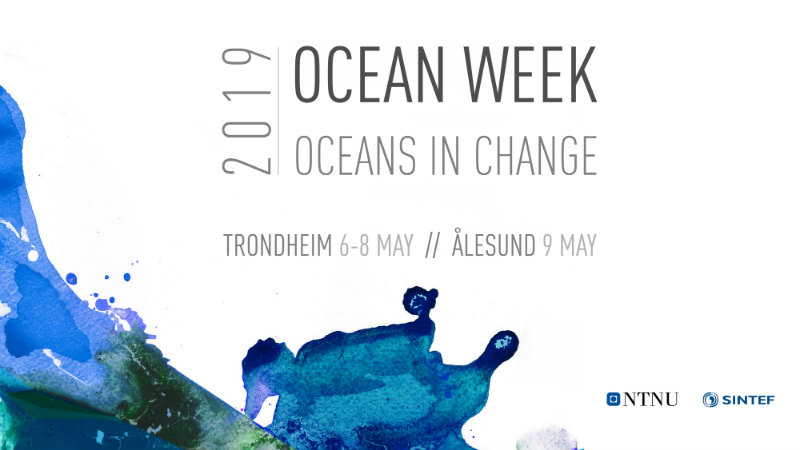News 2019
NTNU AMOS annual report for 2019 is out. You can read it here.
NTNU have partnered up with the sub-sea technology and data company Ocean Infinity. The goal is to create the world’s largest body of physical samples from the deep ocean.

A new spin off from the AMOS research community has just been lunched. The new company seeks to develop effective and climate neutral mini-ferries that can be a cheap and climate friendly alternative to bridges and traditional ferries in cities.

The Department of Marine Technology recently participated in the film project “Our Oceans, Our Future”. The film project was initiated by the Institute of Marine Engineering, Science and Technology (IMarEST), and looks at important research and evolving technology solutions related to the Ocean Space. Below is the feature filmed at the department.
One of the articles recently published by Department of Marine Technology scientists in the IEEE Electrification Magazine has been selected as “Technology Leaders”.

The Autonomy Cluster in Trondheim is one of Innovation Norway’s new cluster projects. NTNU Amos has been one of the key driving forces behind the cluster, and the Director of Amos, Professor Asgeir Sørensen, thinks the cluster could open a whole new chapter in ocean-based autonomy research.

NTNU Rector, Anne Borg, and head of REV Ocean, Nina Jensen, have signed a partnership agreement to start a cooperation on marine robotics and use of the new REV Ocean research ship. This opens up great opportunities for NTNU in terms of access to a world-leading ocean exploration vessel, and will provide REV Ocean with access to world-leading research groups at NTNU.
 From the left: Head of Department of Marine Technology, Sverre Steen, acting Rector at NTNU, Anne Borg, REV Ocean CEO, Nina Jensen, and CEO of the Ocean Data Foundation, Bjørn Tore Markussen
From the left: Head of Department of Marine Technology, Sverre Steen, acting Rector at NTNU, Anne Borg, REV Ocean CEO, Nina Jensen, and CEO of the Ocean Data Foundation, Bjørn Tore Markussen
From 2019, the Department of Marine Technology at NTNU offers students that have a special interests for research a new program that prepares and kick-starts the participant for future PhD studies.
First out is Martin Kvisvik Larsen, a fifth year master student who specializes in marine cybernetics.
 From left to right: Professor Martin Ludvigsen, Martin Larsen, and Professor Eilif Pedersen
From left to right: Professor Martin Ludvigsen, Martin Larsen, and Professor Eilif Pedersen
The fourth edition of Professor Jan Erik Vinnem’s book, Offshore Risk Assessment, has just been published, 20 years after the first edition arrived in 1999.
 Professor Jan Erik Vinnem
Professor Jan Erik Vinnem
The Norwegian Research Council are investing in new research infrastructure projects all over Norway, and two AMOS related projects will now receive funding.
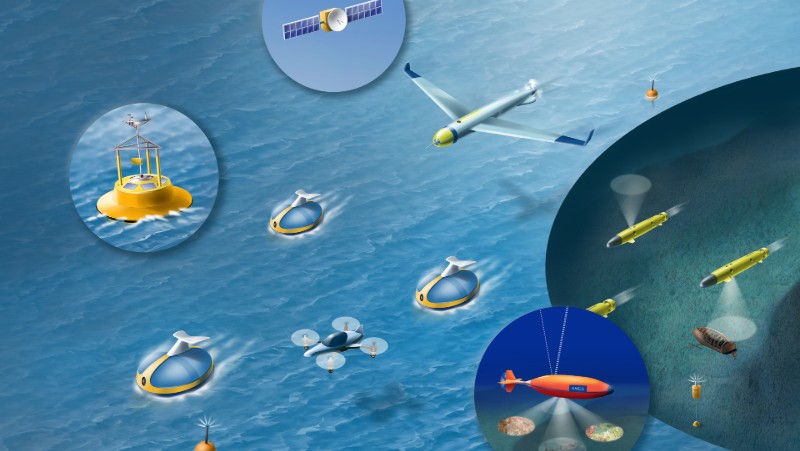
A new robot arm for underwater vehicles has been developed at the Department for Marine Technology. The arm, named SEARM, is primarily designed for smaller underwater drones and provides a cheap and easily available alternative to existing technology.
 SEARM was presented to the the King of Norway at Ocean Week this year
SEARM was presented to the the King of Norway at Ocean Week this year
Prime Minister Erna Solberg has confirmed that the Norwegian government has allocated 55 million NOK in the 2020 government budget to the Ocean Space Centre project.
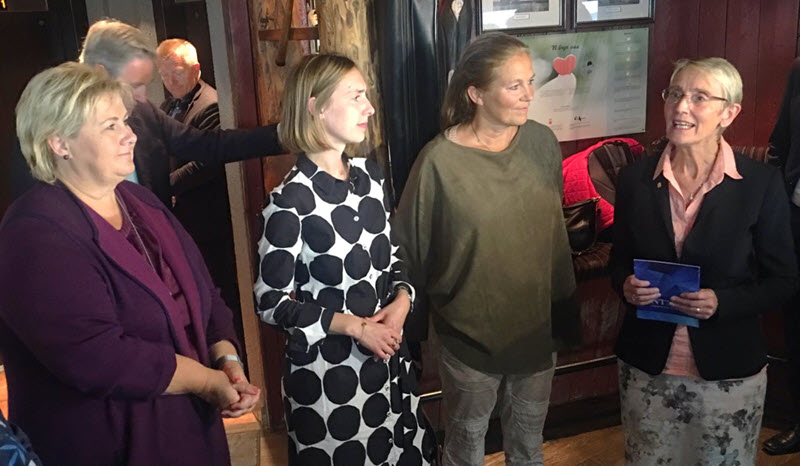 Prime Minister Erna Solberg, Minister of Research and Higher Education Iselin Nybø, Sintef Director Alexandra Bech Gjørv and Acting Rector at NTNU Anne Borg. Photo: Anne Katharine Dahl/NTNU.
Prime Minister Erna Solberg, Minister of Research and Higher Education Iselin Nybø, Sintef Director Alexandra Bech Gjørv and Acting Rector at NTNU Anne Borg. Photo: Anne Katharine Dahl/NTNU.
Professor Asgeir Sørensen has received the Norwegian Research Council’s innovation prize for 2019. The price is granted to a person or organization that through exceptional use of research result have laid the foundation for research based innovation.
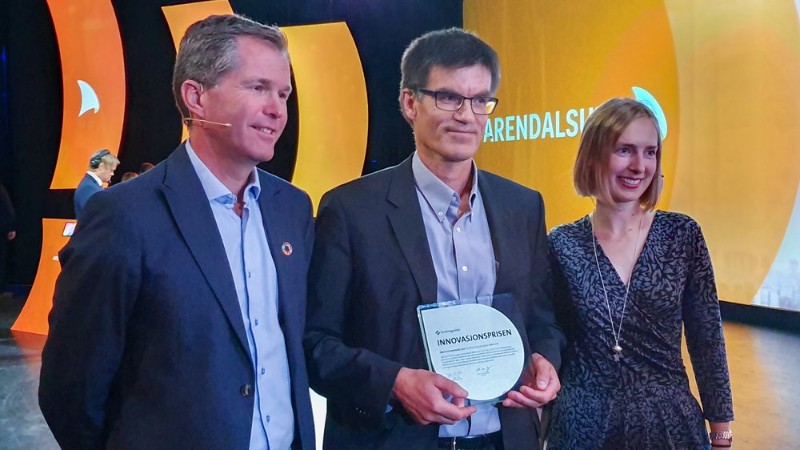 Photo: Odd Richard Valmot, TU
Photo: Odd Richard Valmot, TU
NTNU and SINTEF have formulated four pieces of advice to Norwegian politicians in order to ensure sustainable oceans industries.
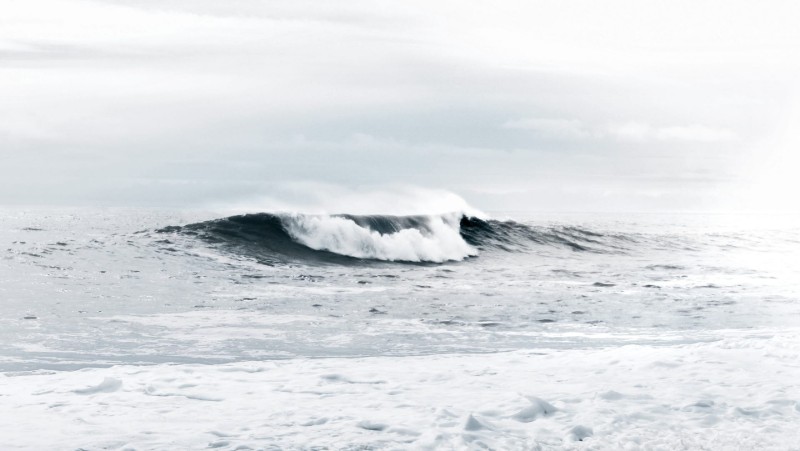
This summer, master student Tor Magnus Aarskog from the department of Marine Technology has joined the research team on board of research vessel S. A. Agulhas II on its way to Antarctica.
 Photo: Tor Magnus Aarskog
Photo: Tor Magnus Aarskog
From 2019, the Department of Marine Technology at NTNU will offer its students a new researcher’s program that prepares the participant for PhD studies.
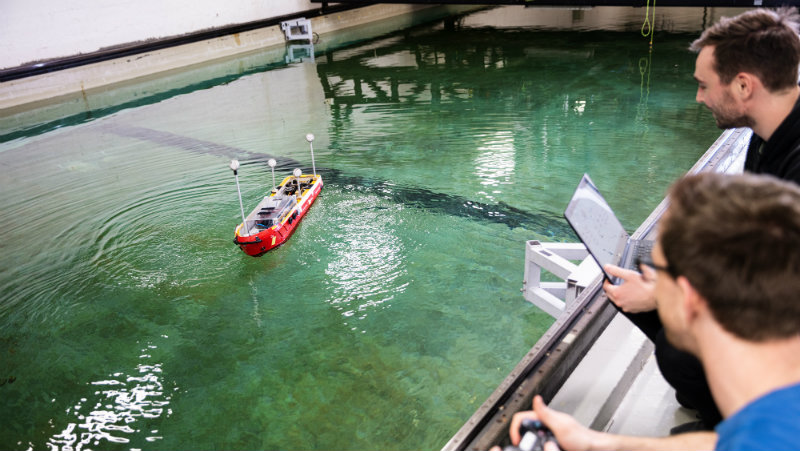 Photo: Geir Mogen
Photo: Geir Mogen
A new study by scientists from NTNU and Switzerland show how floating solar farms can help transform CO2 in the oceans into fuel.
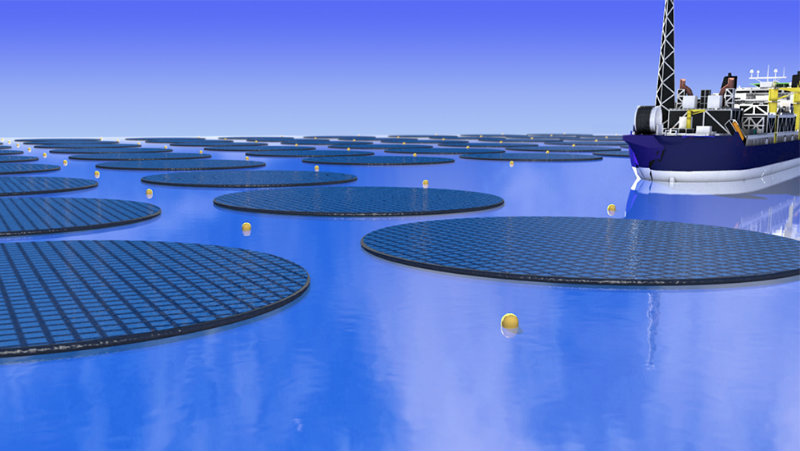 Floating sun farms. Illustration: Kasper Pindsle, pinkas.no
Floating sun farms. Illustration: Kasper Pindsle, pinkas.no
Sunghun Hong, Mads Francis Vale Kjeldsberg and Magnus Onsrud won the awards for best posters at the 2019 poster exhibition at the Department of Marine Technology.
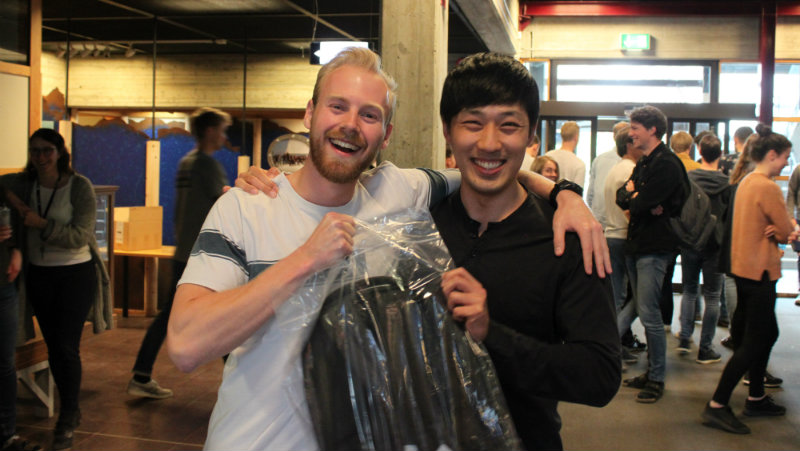 Magnus Onsrud and Sunghun Hong took third and first place respectively.
Magnus Onsrud and Sunghun Hong took third and first place respectively.
NTNU launches our deepest laboratory yet, almost 370 meters below the surface of the Trondheim fjord.
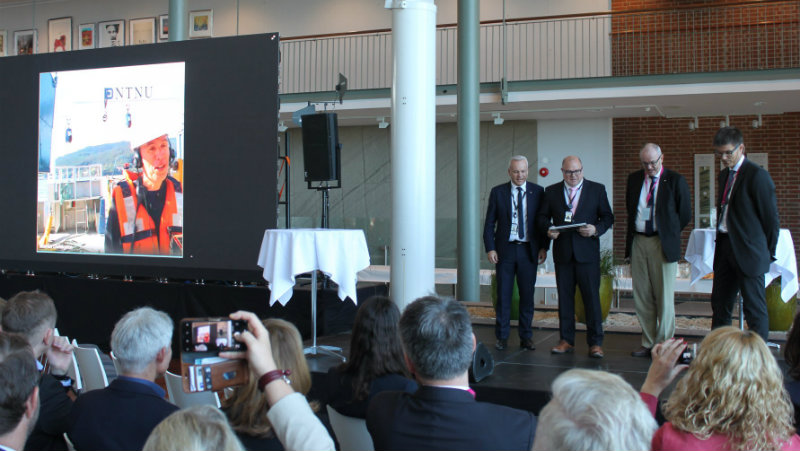 Prof. Martin Ludvigsen live from Gunnerus and the test-site, on stage is Anders Opedal and Kjetil Skaugset from Equinor, with rector of NTNU, Gunnar Bovim and director of AMOS, Asgeir Sørensen.
Prof. Martin Ludvigsen live from Gunnerus and the test-site, on stage is Anders Opedal and Kjetil Skaugset from Equinor, with rector of NTNU, Gunnar Bovim and director of AMOS, Asgeir Sørensen.
77 percent of the students at the Department of Marine Technology have had an exchange year. Far more than the 40 percent that NTNU has set as a goal.
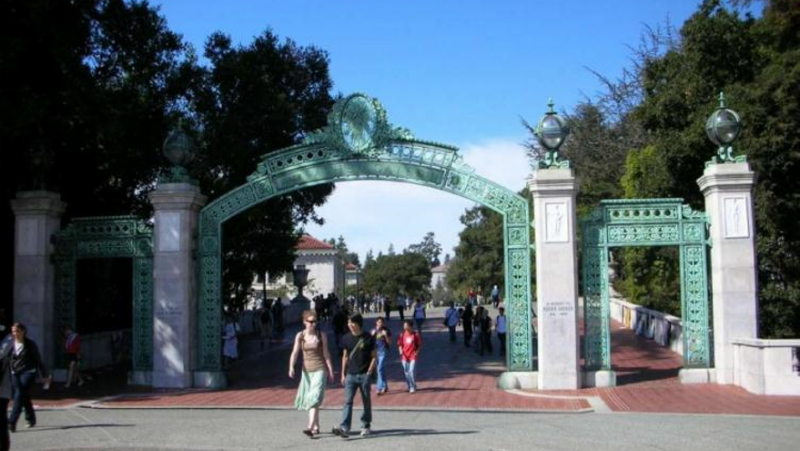 77 percent of students at the Department of Marine Technology had an exchange year in 2018.
77 percent of students at the Department of Marine Technology had an exchange year in 2018.
Professor Bjørnar Pettersen has been named lecturer of the year by the students at the Department of Marine Technology.
 Professor Bjørnar Pettersen was named lecturer of the year by the students.
Professor Bjørnar Pettersen was named lecturer of the year by the students.
The future of the oceans was the topic when NTNU gathered activists, politicians, scientists, artists and even royalty at Ocean Week 2019.
 Director of NTNU Oceans, Ingrid Schjølberg. Photo: Sigmund Bolme
Director of NTNU Oceans, Ingrid Schjølberg. Photo: Sigmund Bolme
Eighty five percent of all students in the class of 2018 at the Department for Marine Technology was offered a relevant job before their final graduation. The highest number since 2014.
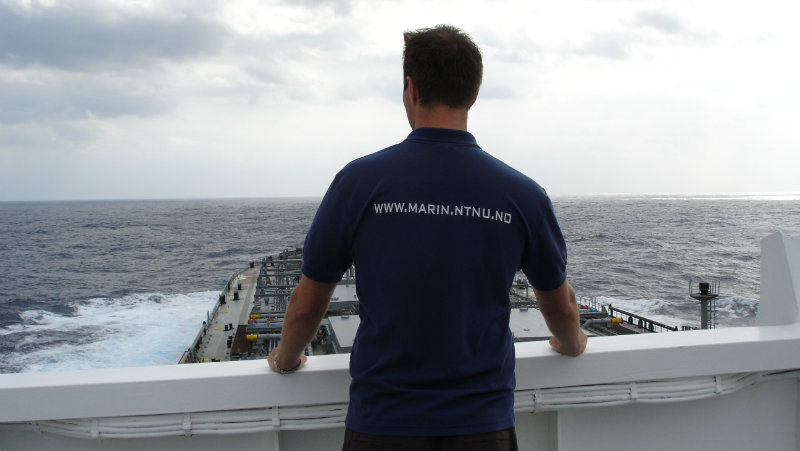
The IMT spin-off Wavefoil will soon be testing their technology at a ferry operating from the Faroe Islands.
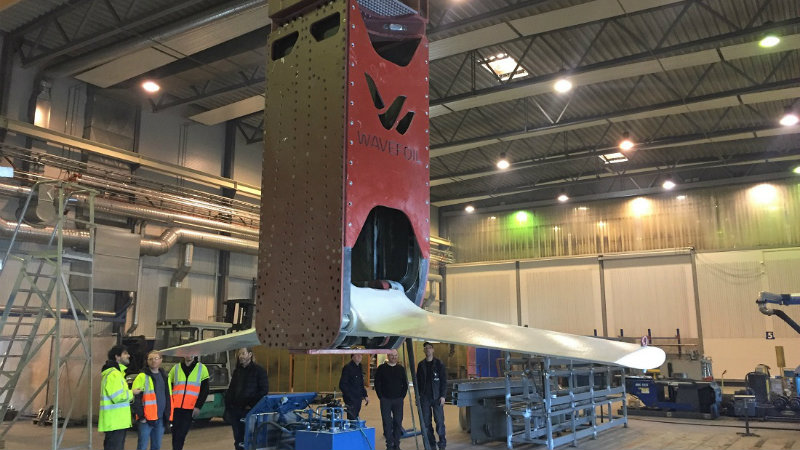
Some of our talented students have spent their summer developing a digital twin for R/V Gunnerus. The digital twin opens up new possibilities for research driven teaching and education for professors and students at NTNU.

 CREDIT: GUNHILD ELISABETH BERGET/NORWEGIAN UNIVERSITY OF SCIENCE AND TECHNOLOGY
CREDIT: GUNHILD ELISABETH BERGET/NORWEGIAN UNIVERSITY OF SCIENCE AND TECHNOLOGY
NTNU is working on developing new solutions for the coastal infrastructure of Norway. Among them, submerged floating tunnels.
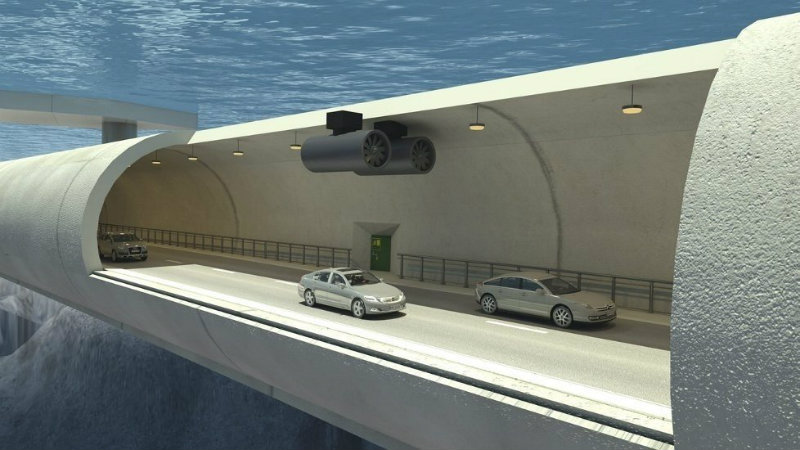 Photo: Statens Vegvesen
Photo: Statens Vegvesen
Professor at IMT and director at NTNU Oceans, Ingrid Schjølberg, and head of the Department of Geoscience and Petroleum, Egil Tjåland, writes in Adresseavisa that Trondheim has the potential to become the mineral capital of Norway.
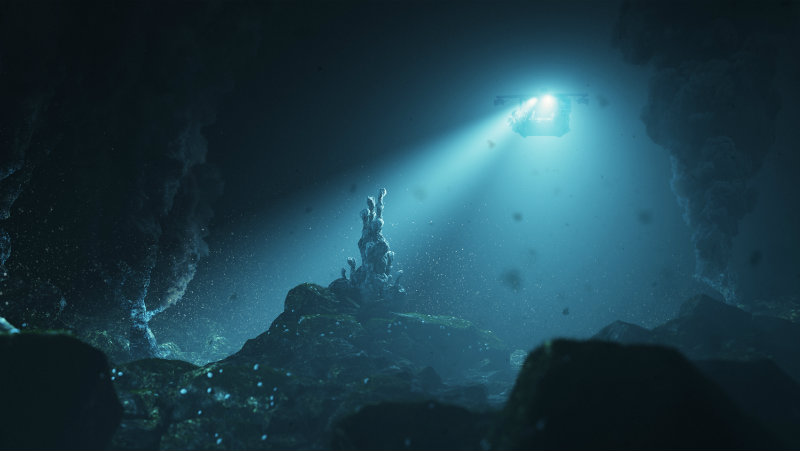 NTNU are developing technology for deep-sea mineral exploration and mapping (Photo: NTNU)
NTNU are developing technology for deep-sea mineral exploration and mapping (Photo: NTNU)
This plate will soon be recharging robots at the bottom of the Trondheim Fjord.
 Photo: Blue Logic
Photo: Blue Logic
2018 marked the fourth year for the Moan-Faltinsen Best Paper Award.
Zhaolong Yu, from NTNU, won the Moan-Faltinsen Best Paper Award on Marine Structural Mechanics/Dynamics 2018, and Guoqiang Tang, from Dalian University of Technology, won the Moan-Faltinsen Best Paper Award on Marine Hydrodynamics 2018.
 From the left: Torgeir Moan, Odd Faltinsen, Zhaolong Yu (the best paper winner on marine structural mechanics/dynamics), Sverre Steen, Zhen Gao.
From the left: Torgeir Moan, Odd Faltinsen, Zhaolong Yu (the best paper winner on marine structural mechanics/dynamics), Sverre Steen, Zhen Gao.
Snake robots will soon be assisting and, to some extent, replace divers and small submarines in the North Sea, but first, they will train and be tested at NTNU's test site in the Trondheim Fjord.
 Eelume's snake robot. Photo: Eelume
Eelume's snake robot. Photo: Eelume
